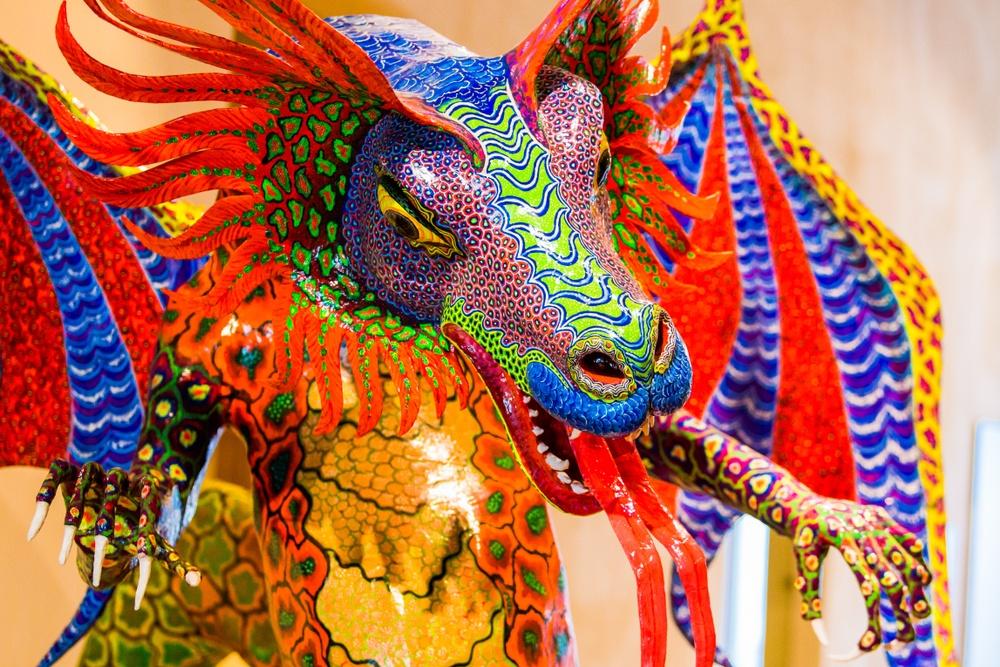Cinco de Mayo
Contrary to popular belief by many abroad, cinco de mayo (May 5th) is not Mexico’s day of independence but rather the day commemorating the Mexican army’s victory over the French at the Battle of Puebla on 5th May 1862. Mexico’s Independence Day is 16th September and unlike this day, cinco de mayo is not observed as a national holiday. Stores, offices, and banks are all open, and many people go about their business as usual, with only public schools closing nationwide.

The battle took place between a powerful and better-equipped French army, who were chasing unpaid debts and looking to expand their empire, against a much smaller Mexican force. General Ignacio Zaragoza’s Mexican troops were able to withstand attacks by General Charles Latrille de Lorencez’s 6,000 strong French force. Close to 500 French soldiers were killed in the battle, while the Mexicans lost fewer than 100 men. The Battle of Puebla came to represent courage and bravery against the odds and became a source of pride.
It is in the city of Puebla where the largest celebrations can be found. A large parade takes place where thousands of locals gather and dress as French and Mexican soldiers to reenact the war. After the Mexican troops win, celebrations begin with music, dancing and food. Mexico City also hosts a big parade with dancing, singing and re-enactments.

Apart from tacos, which is always a popular food at any Mexican celebration, the dish most commonly consumed on this day is Puebla’s own mole poblano; a thick brown sauce made of chilies and other spices and herbs, normally served over chicken or turkey and accompanied by rice.

It is in the United States where Cinco de Mayo is more widely and fervently celebrated, particularly in cities with large Mexican communities like Los Angeles, San Diego and San Antonio where Mexican-Americans have continued this celebration as homage to their roots.
Post Relacionados:Cinco de Mayo
Continua informándote...

Fiestas mexicanas

Las posadas mexicanas

La artesanía mexicana
